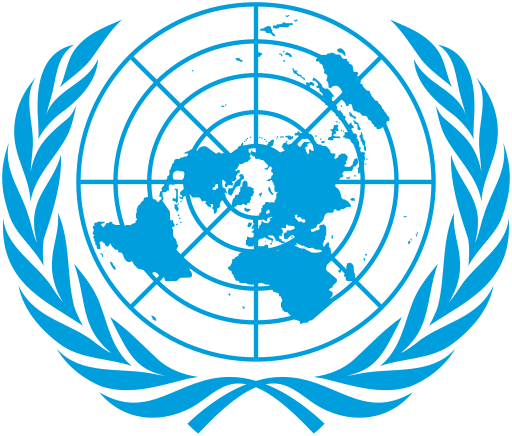Reading Time: 3 minutes
The creators of energy clusters want the local community to be strengthened, to be aware that thanks to the production of local energy – not only in the form of electricity, but also in the form of heat or even cold – it has a chance to create an energy autonomous region. Such a region can be an energy cluster.
There are currently 66 energy clusters in Poland. Those certified can take the challenge of communication, negotiation and all that is associated with the national level, such as the Polish Power Exchange, because that is where you can buy energy cheaply and sell it dearly.
Energy clusters are a topic that finally has a chance to develop. Clusters are very interesting places also in terms of developing photovoltaics. Why? If we would look at the precise selection of photovoltaic installation, which is the key when it comes to the individual user, in the balance we can see a clearly defined amount and value of energy consumed for our own needs. This energy can be obtained from two sources: from the grid or from your own roof. In fact, the owner of a micro photovoltaic installation would like his house to be supplied primarily with energy from his own roof. Special energy meters used in heat pumps from brand-name manufacturers make it possible to significantly increase self-consumption, i.e. to increase the use of energy from one’s own roof.
Energy clusters are an alternative form of redistributing energy from photovoltaics and other RES sources. A good example of energy cluster is the municipality of Michalowa in Podlasie, which took a very ambitious challenge on many levels. An almost autonomous system was created, which operates almost independently from the entire power grid. Why? Because they have their own biogas plant with a 0.5 MWp cogeneration system (producing heat and electricity at the same time), a 0.5 MWp photovoltaic farm, their own micro-installations (e.g. on a school complex) and interesting local solutions in the form of electricity and district heating networks. All this makes this municipality, developing together with its coordinator, the IEN ENERGY team, create a certain new order.
We try to make the systems that work within the energy cluster as interconnected as possible. This is especially true for heat pumps. Imagine thousands or millions of heat pumps that can act on a single signal and use the excess energy to balance the whole system. It’s possible, it works, and you can already see it in our own backyard.
Energy clusters – what are the perspectives?
The EU Directive on Renewable Energy Sources RED II, which has been in force since December 2018, has introduced new conditions for the development of renewable energy, to which European Union countries are adapting. Many changes apply to distributed energy and prosumers.
The directive regulates the principles of increasing the share of renewable energy sources in the EU energy mix to 32% by 2030, and the effect is to reduce EU CO2 emissions by 40% compared to 1990 emissions. It is this directive that has somewhat changed the approach to energy communities. Why? Well, it is the EU law that singles out “group-acting renewable energy prosumers,” defined as “a group of at least two renewable energy prosumers acting together in accordance with the definition of a renewable energy prosumer, located in the same building or in a multi-apartment building.”
It is this directive that says “renewable energy community” means a legal entity based on national law, on open and voluntary participation, independent and effectively controlled by shareholders or members located in close proximity to renewable energy projects owned and developed by that legal entity.
The participants of this community – according to the guidelines of the directive – can be individuals, SMEs or local authorities, including municipalities. By 2030, the plan is therefore ambitious and the legal framework generally clear and readable.

 As of today the UN climate change summit has officially began. The event takes place in Katowice, Poland and will last for around 2 weeks, the lively discussion likes to prolong it self therefore its official closing date is yet to be determined. The so called COP24 will play a crucial role in the future of global climate change, the main goal is to determine a “rulebook” which will guide the nations how to reach the goals stated in the
As of today the UN climate change summit has officially began. The event takes place in Katowice, Poland and will last for around 2 weeks, the lively discussion likes to prolong it self therefore its official closing date is yet to be determined. The so called COP24 will play a crucial role in the future of global climate change, the main goal is to determine a “rulebook” which will guide the nations how to reach the goals stated in the